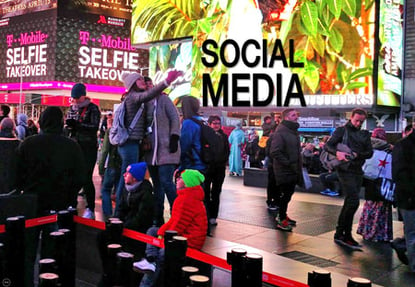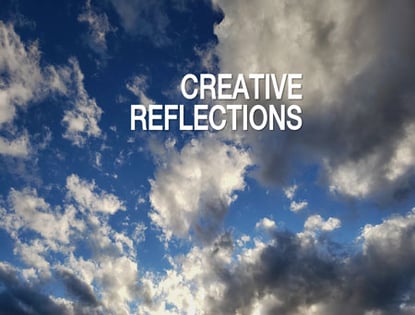During a Brainzooming extraordinary storytelling workshop, an attendee asked an intriguing question: "How do you create viral videos?"
My response was straightforward: it's virtually impossible to predict viral success with certainty. Virality is all about audience reactions, which can be unpredictable and vary widely.
What’s fascinating, though, was that the attendee asking the question had already been part of a viral story herself. She and her husband had stumbled upon a 50-year-old message in a bottle while exploring a state park. This discovery alone was intriguing, but what followed was even more remarkable. When news organizations caught wind of their find, one TV station tracked down the original family that had created the note. This led to an emotional reunion with the note’s originators. The story's heartwarming nature and the element of time travel captured the attention of national news sources, resulting in widespread coverage.
Her story of instigating a viral story signaled an important insight: the audience's initial reactions matter significantly in determining whether a story will go viral. That prompted developing the list of typical reactions people might have to viral videos. This list is a tool for storytellers to help assess the viral potential of their narratives. If you, as the storyteller, aren't experiencing these types of reactions at the start, it's unlikely that any other audience member will either.
Understanding Audience Reactions to Viral Videos

Never Seen Before: Revelation of Novelty - These reactions in express amazement at a story’s unique quality and amazement at the newfound discovery.
- "I've never seen anything like that before."
- "I was today years old when I learned this."
Inspired to Act (Even If That’s Continuing to Watch): Engagement and Action - All these reactions signal a strong desire to take action, whether by sharing, participating, or being inspired to learn more.
- "I need to share this with everyone."
- "I've got to try this."
- "This changes everything."
- "I'm inspired."
- "I want to learn more about this."
- "This is a game-changer."
- "My mind is racing with ideas."
- "I want to be a part of this."
- "I can't stop watching."
- "I can't look away."
Extreme Reaction: Shock and Awe - The common theme is creating a sense of awe, even being overwhelmed, by the story and/or visuals.
- "This is mind-blowing."
- "My jaw just dropped."
- "I'm in awe of this."
- "This is the future."
- "I'm on the edge of my seat."
Disbelief: Skepticism and Amazement - Skepticism and amazement are intertwined in these reactions, suggesting that viewers are torn between questioning a story’s authenticity and being astounded by it.
- "That can't be real?"
- "This is too good to be true."
- "It's like something out of a dream."
- "This is pure magic."
- "I can't believe I'm seeing this."
- "Is this even legal?"
- "I'm speechless."
- "How is that even possible?"
How Will Your Audiences React?
With potentially viral content, understanding audience reactions is vital. The message in a bottle serves as a powerful reminder that compelling stories evoke strong emotions and leave lasting impressions.
Storytellers must create narratives that both resonate and elicit strong emotions if there’s any chance of developing and sharing must-see stories. While there's no guaranteed formula for virality, these reactions provide a solid starting point for assessing the viral potential of your stories. – Mike Brown




